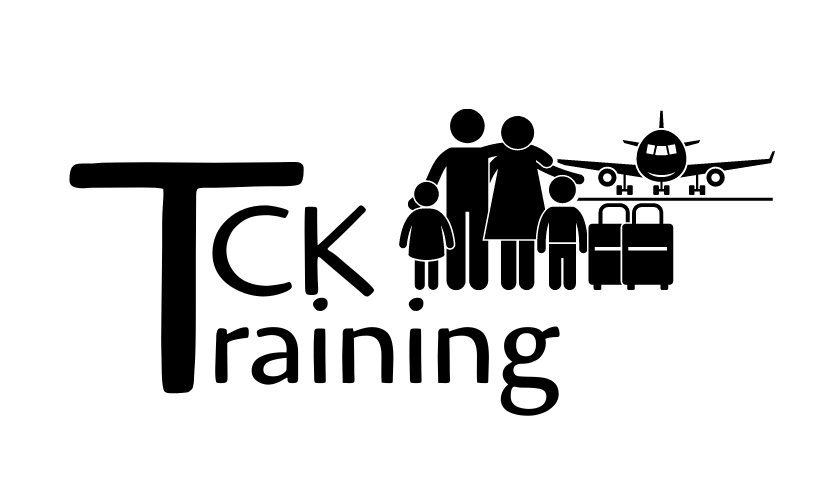The Balancing Act of Dealing with Anger and Grief
We are wrapping up our first teen pre-field training program after a fantastic two weeks of practicing culture and language-learning skills. At the end of last week, we had an intense and wonderful lesson, full of deep conversation, about leaving and grieving. One topic that came up was the difference between diffusing anger and processing grief. There was some confusion about the difference between the two. The concepts may look similar, and may use similar methods, but they are absolutely not the same. In fact, doing one at the expense of the other can lead to a host of unresolved grief issues, a leading mental health issue in adult TCKs according to Ruth Van Rekken. As a parent of TCKs, it is critical that you understand and practice both.
Diffusing anger takes your mind off of the negative emotions; processing grief allows for time to dwell on the negative emotions. Both are important and teaching your kids to do each strategically can be a bit of a balancing act.
Diffusing Anger
Anger is often the outpouring of deeper, more complex emotions such as loneliness, stress, tiredness, sadness, etc. When your child is acting out in anger, keep in mind that there is very likely a deep, underlying cause for their outbursts. While anger is an allowed and acceptable emotion, it is not acceptable to hurt yourself or anyone else in your anger. Thus, it is important to have a toolbox of ways to diffuse that anger. The "Get Out My Angry Cards" are a great tool for this. Here are some other ideas:
Diffusing Anger:
- Do 15 jumping jacks
- Take a walk
- Listen to music
- Take a shower
- Read a book
- Work on an art project
Remember, the purpose of diffusing anger is to get your mind off of the trigger that is causing the anger. The above suggestions are meant to help your child "cool down" and distract themselves from whatever is making them angry so that they are mentally ready to delve into those deeper emotions.
Thus, diffusing anger can be a first step to grief processing. Often grief is realized through anger. Your child may express anger without acknowledging the deeper underlying emotions and in order to successfully process those deep, more complex emotions, they first need to diffuse their anger so that they can calmly and rationally begin the grief processing. It is almost always ineffective to try to help your child work through their grief while they are actively angry.
Processing Grief
The reason that so many TCKs suffer from issues related to unresolved grief is because they never move from the distraction techniques of diffusing anger and onto the more introspective, more difficult, grief processing. They spend their childhood and young adult life getting their mind off of the negative feelings when they arise and never take the time to strategically dwell on them in order to process their grief.
Grief processing sounds complex, but it is a simple concept that is just as important and effective for a 4 year old as it is for a 60 year old. It is simply allowing yourself to think through the "whys" of your negative emotions. Your young TCKs will need more hands-on help to process these big emotions and there are some ideas for that here. Your older TCKs will likely be inclined to process more independently, though it is still critical that you intentionally encourage them in this as it will not likely happen naturally. Here are some ways to process grief:
Grief Processing:
- Journal
- Find a quiet place to sit and think
- Write a song
- Talk with a friend or parent
- Pray about it
- Take a walk and think
The point of grief processing is to take the time to think about the negative emotions, why you feel that way, and if there is anything that needs to be done to move on. It is not a fun process and most of us try to avoid those hard, deep feelings, but it is so incredibly important. If you are intentional about teaching your TCKs to diffuse their anger, process their grief, and the difference between the two while they are young, you will be well on your way to setting them up to be emotionally healthy kids, teens, and adults.




